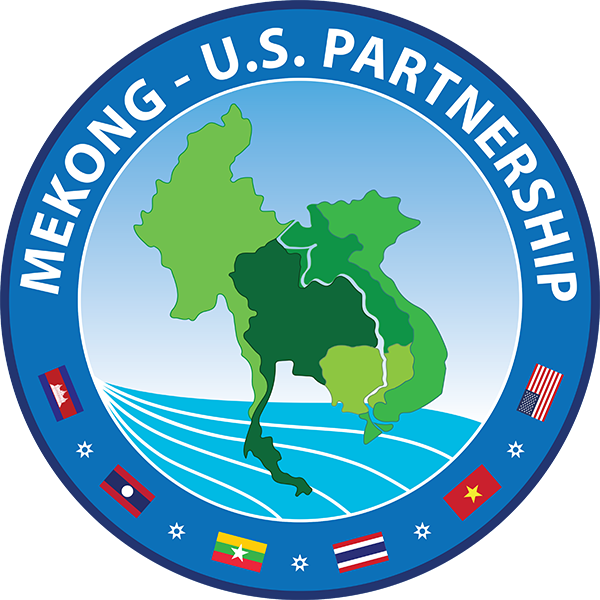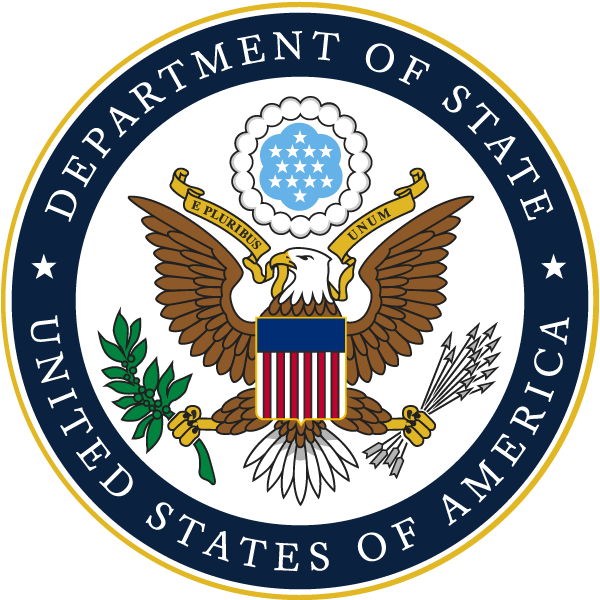SAVANNAKHET, LAO PEOPLE’S DEMOCRATIC REPUBLIC
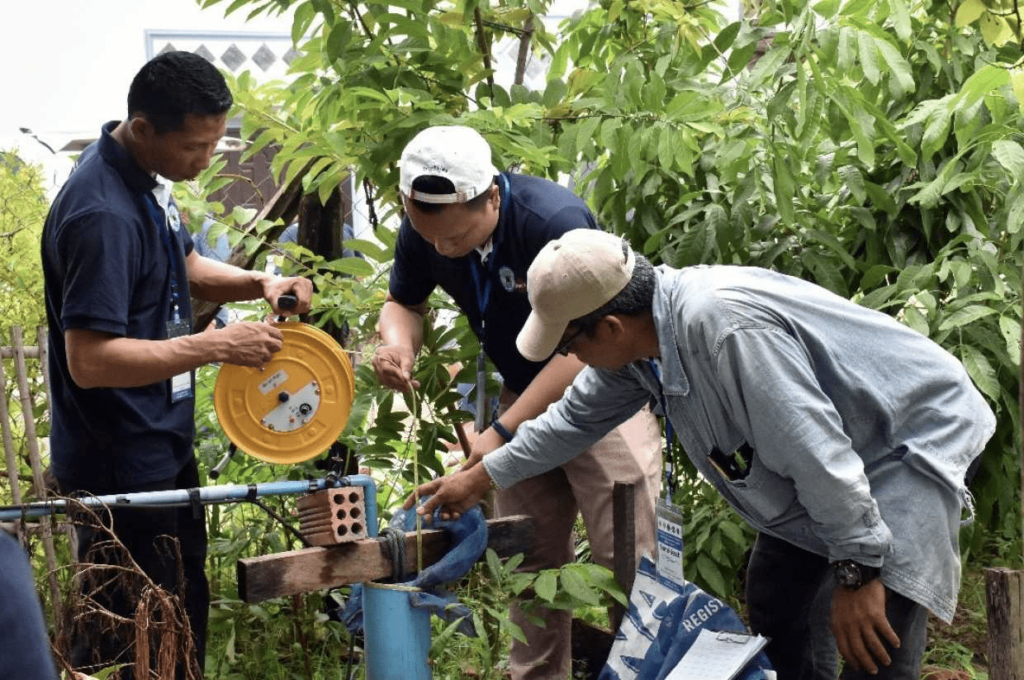
It’s a cloudy day in the late July rainy season in Savannakhet, a province in central Lao PDR that sits along the Mekong River and the Thai border. A group of men and women is gathered around a thick blue pipe. One end connects to a thinner pipe that leads to spigot. The other end extends deep underground, drawing water from an aquifer. It’s the aquifer – an essential water resource – that the group is here to study.
With the help of an instructor, they feed a measuring tape down into the pipe. They are practicing how to measure well depth, water level and drawdown, which they now know are critical for understanding how much water can be taken as a “safe yield” without damaging the aquifer.
The lesson is part of an international effort to build the capacity of Lao PDR to effectively manage its groundwater. While groundwater is crucial to people’s health as well as to agriculture, food security and livelihoods, it is often neglected in water resource management. For countries along the Mekong, it has only become more important as they rapidly develop. Across the Mekong region, hydropower dams, power generation facilities, large-scale irrigation systems and other major infrastructure projects are quickly being built to meet growing demand for water, food and energy. But without proper planning and environmental and social safeguards, local populations can suffer lasting negative impacts.
This is exactly why the Lower Mekong Initiative Sustainable Infrastructure Partnership (LMI-SIP) was created. Led by Pact and funded by the U.S. State Department, LMI-SIP is building regional cooperation to inform and improve policies and practices related to large-scale infrastructure development in Lao PDR, Cambodia, Myanmar, Thailand and Vietnam. The program works with governments, businesses, academia, civil society and scientists to tackle shared challenges. The United States isn’t the only non-regional partner; LMI-SIP is also leveraging knowledge and expertise from a group known as the Friends of the Lower Mekong, which includes Australia, Japan, South Korea, New Zealand, the European Union, the Asian Development Bank and the World Bank.
LMI-SIP includes two main components – a Mekong water data initiative and a program to build national and regional capacity in sustainable infrastructure for water, energy and food. As part of the latter component, LMI-SIP is supporting Lao PDR to develop a national groundwater capacity building program. The July training, which lasted five days and included 19 local groundwater managers, was a crucial early step for the national program.
Dr. Tussanee Nettasana is head of trainers at the Department of Groundwater Resources in Thailand. The department is part of Thailand’s Ministry of Natural Resources and Environment, which partnered with SIP to deliver the training. “We are very impressed with the determination and active participation of the Lao trainees,” Nettasana says. “The workshop has provided basic knowledge of all topics relating to groundwater management. More field practice on specific topics will help develop a stronger team of Lao government officers.”
The training in Lao PDR involved lectures, workshops and hands-on practice with hydrogeological field equipment. Highlights included inspecting household wells in Outhumpon District and a field visit to a salt factory in Kaison District, where trainees investigated surface geophysical properties and hydrogeological properties of the salt pit area.
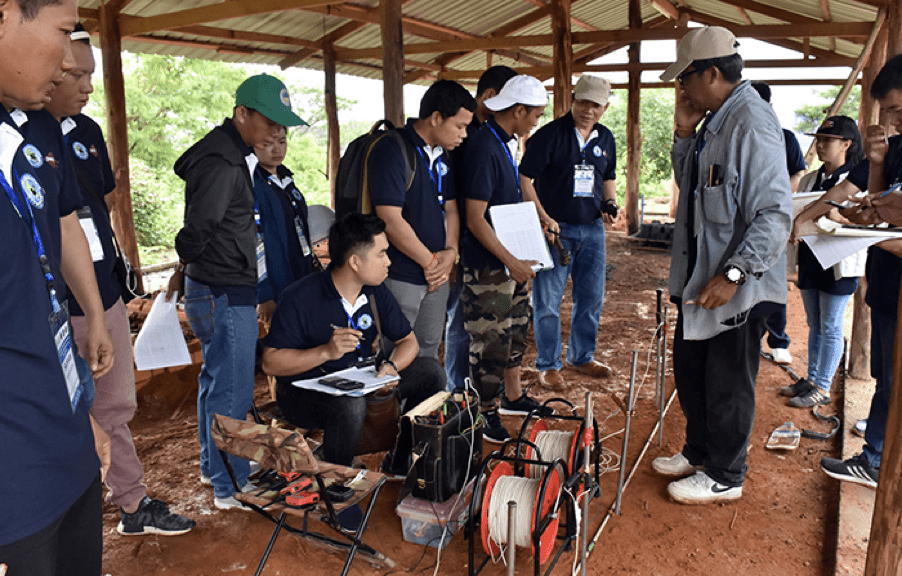
Trainees visit a salt factory in Kaison District. Here, they are measuring resistivity – how well electricity is conducted – to compare conditions at the salt factory with other areas.
This initial workshop is now being developed into a formal training module for another 15 district offices in Lao PDR, which will then conduct field surveys and collect information to feed into a comprehensive groundwater resource management plan for Savannakhet, one of the driest provinces in Lao PDR. The 19 original trainees will become trainers themselves, passing their knowledge on to additional local groundwater managers.
Soulaxy Inthalangsy, a technical officer at Lao PDR’s Department of Water Resources, is glad to have had the opportunity to take part in the workshop. “The trainers are very resourceful and adapted the content to suit our understanding,” he says. “I will certainly utilize the knowledge in my work in groundwater resource monitoring.”

Graduates of the initial Groundwater Management Training.
For the past year, LMI-SIP has been facilitating dialogue and planning processes among the Lao Department of Water Resources, the Thailand Department of Groundwater Resources, and the World Bank-funded Lao National Integrated Water Resources Management Program – all to identify capacity needs specific to groundwater management in Lao PDR. The Thailand Ministry of Natural Resources and Environment is now formally supporting Lao PDR in its effort to develop the national groundwater capacity building program. The U.S. Geological Survey is joining in to further hone the training modules.
Core areas of intervention identified for the national program include basic groundwater management, well monitoring and survey and inventory development, groundwater mapping, and borehole drilling supervision and management.
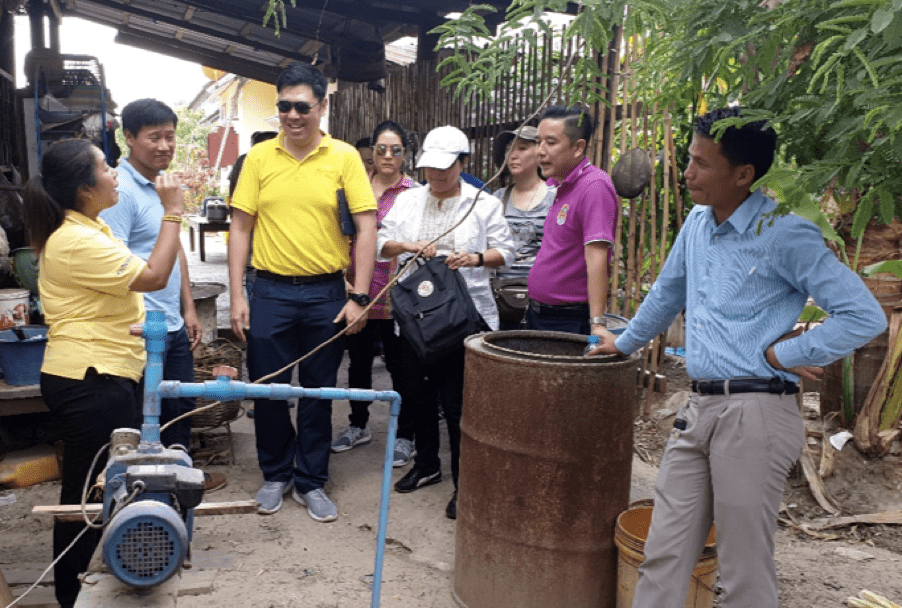
In April, experts from the Thailand Department of Groundwater Resources, along with staff from the Lao PDR Department of Water Resources and PACT, visited Savannakhet Province to identify key issues around local groundwater development.
Read more about the Thailand-Lao PDR bilateral cooperation for groundwater management in this brochure.
“There are knowledge gaps in groundwater resource management among the Lower Mekong countries, and LMI-SIP is working on filling those gaps, one by one,” says Dr. Pinida Leelapanang Kamphaengthong, a water resources professional and senior program officer with Pact Thailand. “Based on the training-of-trainers approach that we’ve rolled out in Lao PDR, we’re now exploring opportunities to collaborate with other Lower Mekong countries, such as Myanmar and Cambodia.”
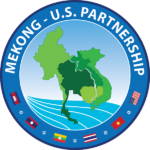 Mekong - U.S. Partnership
Mekong - U.S. Partnership
